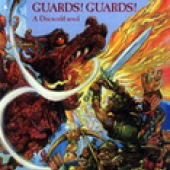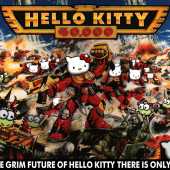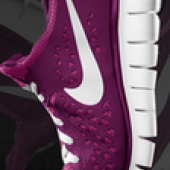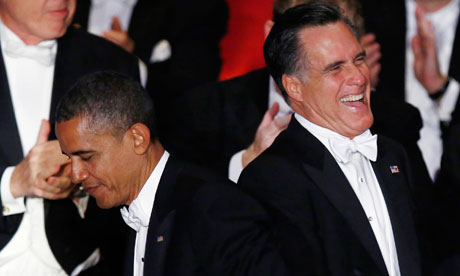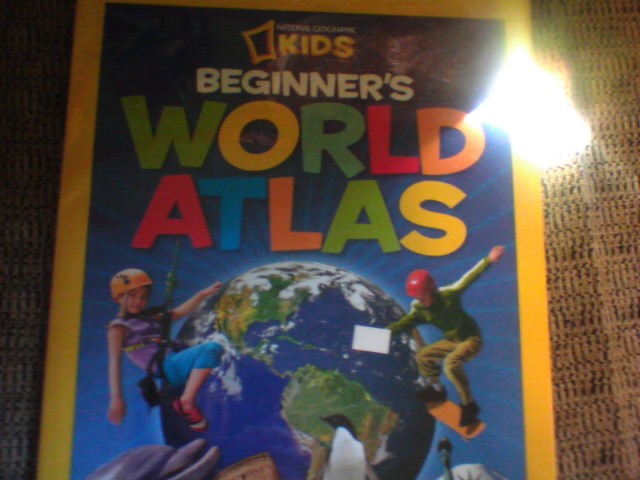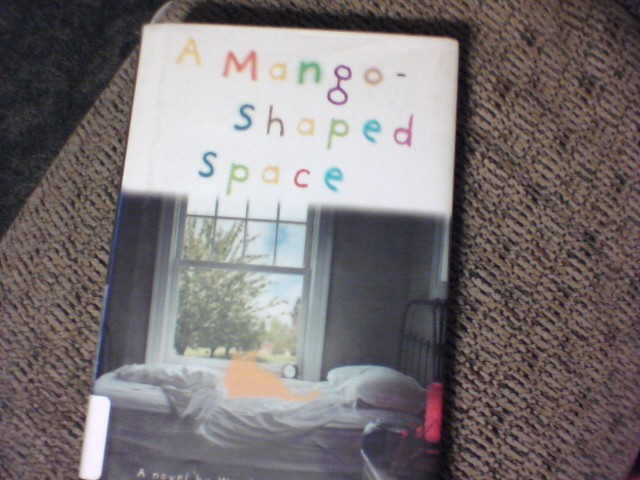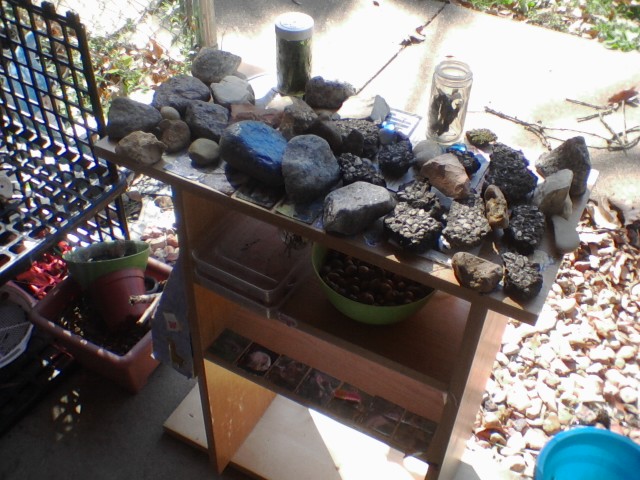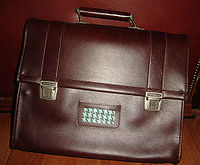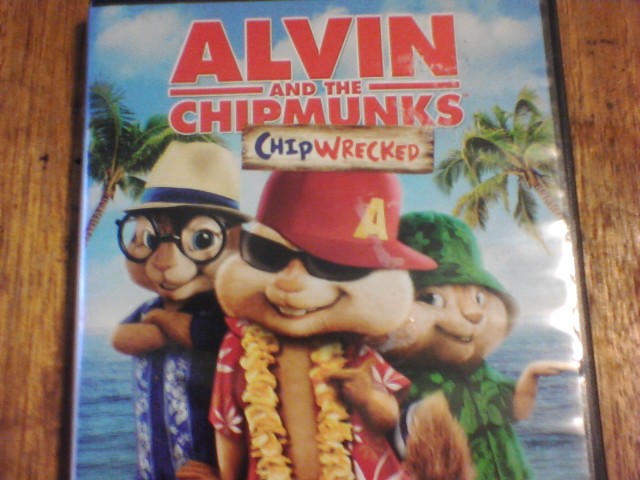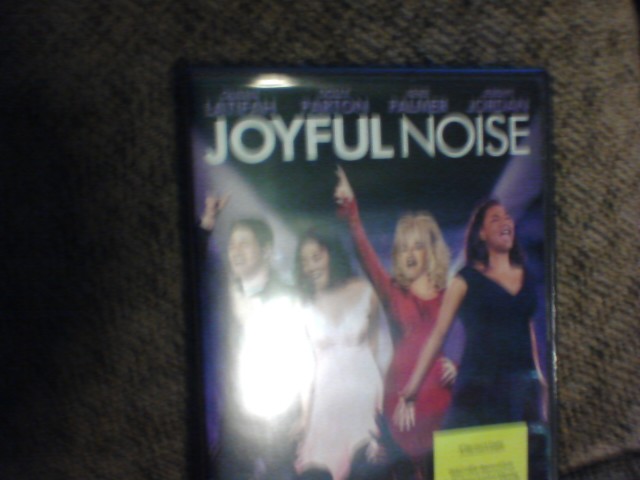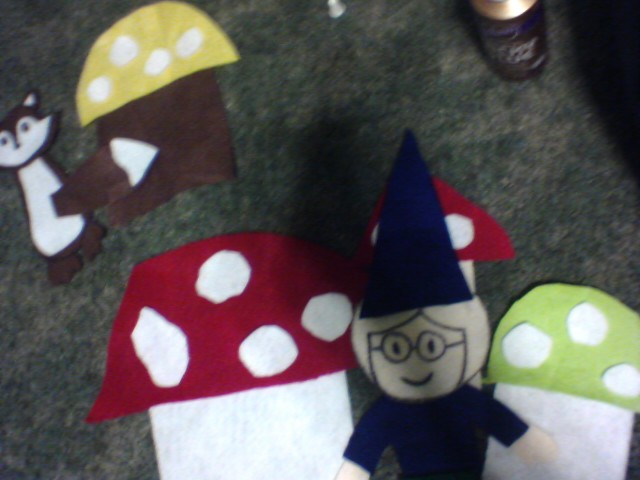Democrats thrilled about the recent two debates
A smiling Joe Biden managed to trump Paul Ryan in the Vice Presidential debate. I think Biden was faced with no choice but to be aggressive after a lethargic performance by President Obama in the first debate. Biden's smirks were disparaging to what Congressman Ryan had to say. Even though there was much made of Biden and his demeanor, he wasn't called out on it by Ryan and this made him effective according to Donald Trump.
The vice presidential debate is very important of course, but it doesn't get as much activity in the Twitter verse as the debates between Mitt Romney and Barack Obama. Obama was much more energetic in the Town Hall-style second debate and it was important for him to put up a great performance as he was under tremendous pressure.
On a lighter note, it was a lot of fun watching the funny speeches of Mitt Romney and President Obama at "The Al Smith Dinner" in the Big Apple. Obama was at his comical best starting off with "Everyone, please take your seats otherwise Clint Eastwood will yell at them." Romney who spoke earlier made me laugh quite a bit too with lines like "Vice President Biden could smile at anything" and "Polls show Obama leading from behind."
The one-liners were great and served to lighten up the mood heading into the third and final debate. Still, both candidates have hit the campaign trail with President Obama taking shots at his opponent by claiming that he has "Romnesia."
Monday night is going to be big with the third debate in Boca Raton, Florida.
Kids’ Beginner’s World Atlas
After checking out several excellent books from the series, I have a new habit: reserving new National Geographic books from the library every week. I can’t help it; it’s a compulsion. Each and every book proves to be just as impressive if not even more so than the previous book, and even if we don’t read them my six-year-old and I end up gazing at the photos and reading the captions for a very long time.
The National Geographic Kids Beginner’s World Atlas is no different from these other books. It has gorgeous full-color pictures, plenty of animals and maps for kids to check out, and dozens of fact boxes about land regions, plants, water, climate, and more. Some of the photos are simply breathtaking!
The complaint I have, however, is about the display of people. For example, in the North America photo, we have a girl from the Crow Tribe in Montana dressed up in some braids, a special dress, and a bit of paint on her face. I’m not an expert, but the native people I’ve met across the country tend to wear jeans and t-shirts like everyone else. Isn’t this sort of a trope? And in no way does this young girl represent the entirety of North America—which is an extremely unfortunate fact, considering how native people were wiped out by the ancestors of the majority of the people who do live here, but it is true nonetheless.
Canada is represented by an Inuit boy and a hockey player; in Australia, an aborigine boy. It seems like the makers of the book went out of their way to get as many tribal photos as they could, giving the world a false feeling of color. I get that these representations are often the most interesting—and indeed, I want to learn more about all of these different people and so does my kiddo—but I just think it would have been more accurate to depict countries with either a face that might be commonly seen (AKA in jeans or whatever!) or a variety of people whom you might see representing many different cultures when applicable.
Otherwise, this is really an excellent first atlas, especially since it helps explain how to use an atlas in the first place—something that many of us never even learned in our lives. I remember pouring over the back contents of flags and countries in my social studies book, yearning to learn more about the world as we learned the same old (and it turns out, false) history of Christopher Columbus every year. Now that I’m no longer in school, I can—and so can my daughter.
National Geographic Prehistoric Mammals
Prehistoric mammals are always amazing to me, and I think the reason why is because we never learned about them in school. The only prehistoric animals I remember ever studying—however briefly—were dinosaurs and saber-toothed tigers, and perhaps mammoths. Honestly, I think much of this “studying” was autodidactic from my own library or the Science Center and had nothing to do with school anyway, but it still never really included many mammals.
So when I learned about the giant tree sloth and the enormous rhinoceros who used to inhabit the earth, you can bet I was both stunned and riveted. If you want to check out a really cool guide to such creatures and dozens of others, check out National Geographic Prehistoric Mammals. This full-color guide presents an exciting peek into the world as it was once known—by humanoids and non-humanoid creatures!
You’ll find stunning renditions of what we assume creatures looked like according to their fossils and other clues, but you’ll also get to see actual bones and complete skeletons, as well as photos of these creatures’ descendants and relatives. This is particularly interesting to children as it provides a connection between this ancient world and their own.
Other amazing sections in the book include the evolutionary family tree of humans—which my daughter was fascinated by—and a few pages about some reptiles who were mammal-like, and became the direct ancestors of some of the mammals that we know today. How did these creatures cross classes? Of the mammals that exist today, which once had reptilian DNA? And besides the mammoth, what other elephant-like beasts roamed the earth—and which was the biggest? You’ll have to check out this book to find out!
In addition to individual profile pages of dozens of interesting creatures, you will find full two-page spreads of full color illustrations of how these creatures might have interacted with one another. For example, one spread depicts a pig-like animal growling ferociously at a pair of fox-like dogs; Another shows Macrauchenia (which look like horses or camels with elephant seal-like noses) fleeing from Smilodon (tiger-like predators). These are my daughter’s favorite pages of the book overall.
If you have animal, dinosaur, or history lovers in the house, this book is a must-have for your library. If not for reports and research, you’ll definitely return to it just for the fun of it over and over again.
A Mango-Shaped Space
There are so many conditions, gifts and simple states of being in the world that when you are introduced to one that is completely unfamiliar to you, it’s both amazing and not. You sort of already expect there to be many more types of people in the world than you already know about—but when you discover something new, you’re still kind of in awe, right?
In the case of A Mango-Shaped Space, the condition is known as synesthesia. People with synesthesia often associate certain senses with numbers, sounds, letters and other things. The lead character in the book, Mia, sees colors and shapes for letters, numbers, and sounds, for example. Others might smell a certain scent when they hear some words, or they might experience a taste in their mouths.
People with synesthesia can experience challenges with many things in life—such as math skills, which were difficult for young Mia in the book due to their various colors—but the condition can also result in a more vivid life experience altogether. Though some medications can help “mask” symptoms—and symptoms can sometimes dilute or disappear during severe stress or trauma to return again later—most people with synesthesia say they would rather have it than not.
The book itself is very straight-forward and accessible to tweens and teens; I think most kids over eight could enjoy and understand the book. Indeed, I wonder if part of the reason why it was written was to provide something for young children who have this condition to have something to relate to and know they are not alone. I can’t imagine what it would be like to experience life in a completely different way from others and for people to call you crazy or not believe you when, in fact, what you are experiencing affects many more people—and is documented for proof.
I really enjoyed Mia’s story and would recommend such a book to any children’s book club or reading program. There’s no violence—though there are a couple of mature subject matters, such as youth kissing, death and pet death; I don’t think these warrant the big bad parental bans anywhere, but I guess you never know!—and I think the material is both poignant and appropriate, as well as moving and interesting. Kids will enjoy the book as they learn more about people around the world, family, and friendship.
Make an outdoor science lab
Here is a photo of my daughter’s new outdoor science (or potions, as she calls it) lab. It doesn’t look new, does it? That’s because it’s made out of a sawed off piece of my desk. She loves it, though, and we have been playing with it for weeks now that I’ve rearranged my office and given her lots to experiment with.
Not only does she have all of my old expired herbs (you can tell when your herbs need replenishing by smelling them, by the way; if there’s no scent or a weak scent, you generally need new herbs!), she also has plenty of bottles, bowls, spoons, marbles, and even two-liter bottles. She also has lots of things from our yard, like twigs, rocks and acorns.
It’s super easy to make this lab! You can use anything you have around your house. If you have a spare shelf, Yaffa blocks, or even some shoeboxes you can duct tape together and stack in a dry place, that will work! Just use whatever you’ve got around the house.
In addition to the things I’ve used, you can use anything else you like, as well. Maybe you have some plastic cups or test tubes to supply your child with, or old animal dishes. Old utensils work well, as do buckets, boxes, egg cartons, and produce containers, such as strawberry trays.
Water is a great addition if your lab is waterproof! You can supply containers with lids so bugs don’t get trapped in your water sources (we use an empty tea jug with a screw-on lid), or a simple watering can to bring back and forth from inside the house. If you do this, you may want to enforce some kind of limit to the number of trips per day; my daughter would use endless water if she could! Another good idea is to keep a rain bucket of water out to catch rain for your child’s use. We do this, too. In fact, during heavy rainfall (which we are so grateful for after this summer’s drought!) she even gets water out of the flower pots.
My daughter likes to cook at her lab sometimes, too, so we keep a couple of lidded bowls there. You can just reuse any cream cheese, butter, or yogurt containers for this. They are perfect for it! I also supplied her with a few “dissection” trays; though we do not partake in vivisection, they came free with her synthetic owl pellet kit and we had plenty left over for her to use.
What it means to have it all
You want to be a mom and “have it all?” I’ll tell you what. You can do it. You can have it all. You can also have an ulcer while you’re at it.
I’ve had it all. I had a lucrative career working full-time at salary level pay working from home, while attending a state university full-time, while being a full-time mom who never used a sitter. Pretty impressive, right? I even published a novella during this time.
Of course, I didn’t read much. If you know me, you know reading makes my soul breathe. For two years, the only books I read were textbooks for chemistry and other courses and picture books to my infant. I didn’t sleep much, either. In fact, I slept so little that I sometimes hallucinated; I saw things like giant bugs climbing the walls. I fell a couple of times, too, just walking around my apartment. I slept so little that my doctor told me it was the equivalent of doing drugs.
But I had it all! I had the marriage and child, the school and career, the money and—um, yeah, blood poisoning, heart issues, and a three-day hospital stay by the age of 26 from stress, lack of sleep, weight gain (staying up all those nights took a whole lotta sugar and caffeine, know what I mean? It also didn’t allow for any time to exercise) and rapid weight loss from crash dieting, and probably sheer desperation.
I was also miserable. I took care of my poor baby—who had special needs, so you can throw in the fact that I also did a couple of hours of physical and developmental therapy with her each day to that impressive list above, both with and without her team of therapists and psychologist! Not to mention, of course, the housework I did, as well as the care for an elderly relative we lived with for several years—in a zombie-like, always-exhausted state.
This means that I recall very little of those first three years, something I will never, ever get back. My job began as something creative and remarkable—my dream come true—but rapidly evolved into a weekendless, joyless litany of minutia. My flowing creativity and love for the nonprofit work I did was gradually warped into gasping, striving to stay afloat, sometimes crying in the shower, always being behind chaos.
My marriage was strained. I had no time for family; they began to all resent me when I said no, I can’t attend again, I have to work. And when I did attend an event, I was so exhausted and in need of plain rest time that no one wanted to be around me anyway. I wish I could go back in time and give this me a smack in the face—or at least a daily “cut off” time after which I would not work, would only rest, and would take two days off a week—minimum.
“Having it all” really means just doing it all—being the domestic caregiver and cleaner and organizer, the person who plans the doctor visits and the holidays and gifts and laundry and everything, the person who cares for the children and spouse but never the self, as well as having a career and bringing in half of the income. In short, I’m not so sure we achieved “women’s liberation,” but perhaps simply an additional job on top of the one that was always so charitably bestowed upon us.
We need to change “having it all” to simply “having what we want.” If every human, male and female, could simply achieve this goal, I think we could have equality and happiness—which are really the elusive states here—while we abandon some misconstrued notion of “it all.”
The Avengers
Over the summer, I heard friends rave about the latest Marvels superhero movie The Avengers, and I was pretty excited about it. Getting a sitter is nearly impossible (unless you have $10 an hour to pay—not that I begrudge sitters of this money, but we just don’t have it; that’s the price of a movie anyway!) so my husband and I usually have movie date nights via rental—and lately, via FREE library rentals, and this is one example!
We curled up with our snacks and settled in to watch the film last night, and it was a good movie. It had wonderful effects, and though rumpled Mark Ruffalo will never be My Hulk, the rest of the team was pretty good—especially the Black Widow, whom I believe deserves her own movie. That woman’s scenes were the best in the movie, hands-down.The plot was a little too simple in terms of the rest of the movies; half of it was simply the heroes all fighting one another and generally being unable to get along. This was fine; I don’t mind simple plots as long as they are executed well, and I really like it when heroes are portrayed with their more human aspects, like anger, jealousy, and pride. When superheroes are played as perfect with One Great Weakness, they get boring, and we cannot connect them to human nature—and isn’t that where everything needs to be connected from anyway?
But this movie sort of fell flat from the previous Marvel films. There was no real character development—and while you could argue that the previous films already accomplished that, that’s simply not true of Hawkeye, who was first introduced in this film. And if you watch the other films, you certainly get all of the back stories. I suppose the development of the characters in this movie is attributed to their working together and whatnot, but it was just so full of characters—like the X-Men movies—that it seemed like you just couldn’t get enough depth in there. I get it; I write. Too many characters is really too much to get through in just two hours.
Because of this, however, the film also felt rather one-dimensional, made up of mostly fighting and action scenes—whether against an enemy or each other—which was too bad. It was still enjoyable—with plenty of zingers and fun moments—but I really think the script could have included another layer or two to add just a bit of depth to the movie.
I really, really missed Edward Norton. Did I say that already? Well, I really mean it. Ruffalo couldn’t pull off that brilliant scientist persona like Norton did. And I missed the women in the other films, too, but that would have only added more chaos to the cast of characters! More women in general would have been nice, though, as it would be in most movies…
Still, I look forward to the sequel and hope we’ll have even more definition and depth in it.
Chipwrecked
First, let it be known that I do NOT like the Alvin and the Chipmunks franchise. I loved the cartoon movie that came out in the 80s; it was the first movie I saw in theaters, I think! I could watch that one every day, even though Modern Me has a few issues with it.
The new movies, however, have royally sucked. My daughter loves them, which is, of course, why we watch them. We don’t buy them—she doesn’t love them as much as she loves, say, Up or The Princess and the Frog—but we did keep the copy of Chipwrecked from the library after we watched it. Normally we return things immediately, but we’re keeping this one until it’s due because—well, it’s pretty darn cute!
The rodents get separated from Dave while on a family vacation—via one of Alvin’s brilliant plans, of course—and hilarity pretty much ensures as they run into a woman who’s been on the island way too long, the fun-filled alternative side of Simon, and a general role reversal of all of the chipmunks. It may not sound like a great film—indeed, it’s not great, but it’s fun, and it’s the one movie in the entire franchise that I actually didn’t mind watching.
Joyful Noise
If you like stereotypes, tropes, slapping kids in the face, and mostly-boring music, you will LOVE Joyful Noise! I read that it was a fantastic “feel good” movie, which I am a sucker for (I saw Remember the Titans at the theater twice), so I decided to check it out.
It was neither fantastic nor did it make me feel good. In fact, I found myself fast-forwarding through every song save one, which is pretty bad; I never do that unless I’ve seen a movie all the way through and want to skip to something!
While there were a couple of redeeming qualities in the movie—such as the inclusion of a child with Asperger’s—much of it was boring and stereotypical. Dolly Parton and Queen Latifah both got on my nerves so bad—but it wasn’t their fault; it was their characters’ faults. I’ve loved both of these awesome women in other roles and was disappointed with the people they played this time around.
Want to feel good? Skip this movie and go for Remember the Titans, You’ve Got Mail, Penelope…or any other favorite “feel good” movie you’ve got on your list. Oddly enough, Cher’s film Mermaids also tops mine…
Make a birthday tent
During our weekly date night—which simply means staying in and watching a movie while our daughter sleeps—my husband and I made our soon-to-be seven-year-old daughter a homemade tent as one of her big presents.
We attached a twin sheet (previously purchased for her bed at a discount store before we realized her bed was a full size!) to a hula hoop, tented it with the pillow case, and added felt embellishments such as leaves, forest critters, and a little gnome girl. I had started to make David the Gnome, whom she loves, but decided to make it a girl—with glasses like my daughter—instead.
Tonight we hanged the tent from the living room ceiling, then stocked the inside with her presents and surrounded it with balloons. I can’t wait until she wakes up and sees it in the morning! For some reason I am extremely emotional about this big seventh birthday—though she’ll always be MY baby, she’s just not a baby anymore—so I’m also hoping to jump off her own joy with my own.
For a super easy tutorial to use in creating your own tent, click here. For ideas for forest creature embellishments, click here.
